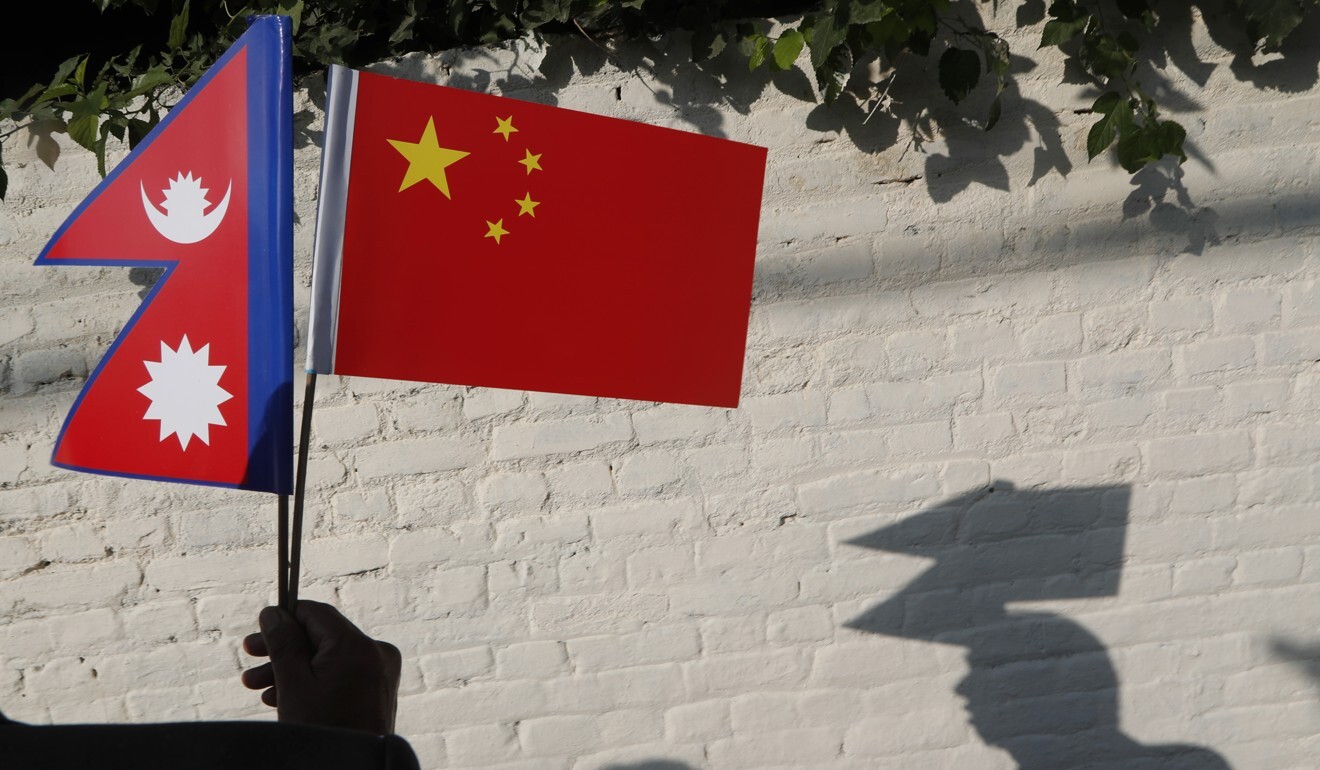
As Nepal faces political turmoil, China and India are scrambling
- Himalayan nation’s ruling communist alliance has split and early elections have been called for April and May
- The country has become a battleground for strategic rivalry between its neighbours
When a coalition of two communist parties swept to power in Nepal three years ago, it was seen as a geopolitical win for Beijing over New Delhi in their competition for regional influence in South Asia.
But Beijing may be about to lose that advantage after the ruling Nepal Communist Party – which won the 2017 election with an anti-India nationalist campaign – split in a political crisis that erupted last month. Nepal is now counting down to early elections in April and May, more than a year ahead of the expected vote.

Oli decided he could no longer work with rival factions within the ruling NCP, a coalition of Marxist-Leninist and Maoist parties. His opponents accused him of sidelining the party and launched a legal challenge against the early elections, to be heard in January.
China’s ambassador to Nepal Hou Yanqi has also reportedly held a series of meetings with communist leaders in the country in the past year aiming to encourage party unity.

The ruling NPC retaining power would be desirable for China after the communist alliance won a two-thirds majority in parliament on a wave of nationalistic and anti-India rhetoric. Nepal has become a battleground for strategic rivalry between its neighbours, and India has been pushing back against China’s growing clout in the Himalayan country.
Analysts are divided over China’s involvement in Nepalese politics.
Constantino Xavier, an analyst at independent think tank the Centre for Social and Economic Progress in New Delhi, said China’s investments in Nepal were far smaller than in other South Asian countries and that Beijing’s interest in Nepal was more strategic than economic.
“It rather looks like China is interfering politically, and certainly more openly than before, to also send a signal to India amidst growing bilateral tensions,” he said. “This would be a strategic explanation for Beijing’s unusual depth of interference, to ‘keep India busy’.”
India-China border stand-off spurs New Delhi to over neighbours
“But Nepal’s volatile politics are relatively new territory for China, which may be under the illusion that it can find quick fixes to keep the communist party together,” Xavier said. “Beijing may also be overrating ideological affinities with the recently unified [NPC].”
However, according to Wang Dehua, a South Asia specialist at the Shanghai Municipal Centre for International Studies, Beijing would not interfere politically.

The 2017 election came six months after Kathmandu signed up for Beijing’s controversial belt and road scheme and Nepal has since seen increasing investment from China – it is now five times that from India.
While India is still Nepal’s biggest trading partner, the ruling NPC has signed a number of major deals with China in the last few years including reviving two railway projects, connecting Nepal with China and with India. Oli’s government has also reinstated the US$2.5 billion Budhi Gandaki hydropower project, funded by a Chinese company, after it was scrapped by the previous administration over concerns that it did not have an open tender process.

01:31
Asian giants’ power struggle gives Nepal a new railway
Meanwhile, the China International Development Cooperation Agency has confirmed it will finance 15 pilot development projects in Nepal’s northern region, The Kathmandu Post reported on Tuesday.

01:58
Everest even taller after China and Nepal settle long-running debate over world’s highest mountain
But he said manoeuvring by external players – China and India – was certain to be part of the political instability ahead.
“China is likely to be engaged in forming a sort of left alliance, while India might try to prevent this from happening,” according to Pandey. He said that while China used to employ “quiet diplomacy”, India made “provocative diplomatic postures” in Kathmandu.
“But in recent times, this has changed. In the current political developments, China is quite visible, while India has largely refrained from the public eye,” Pandey said. “Following the unfolding and shocking [political] developments … New Delhi’s influence might increase in Kathmandu.”

